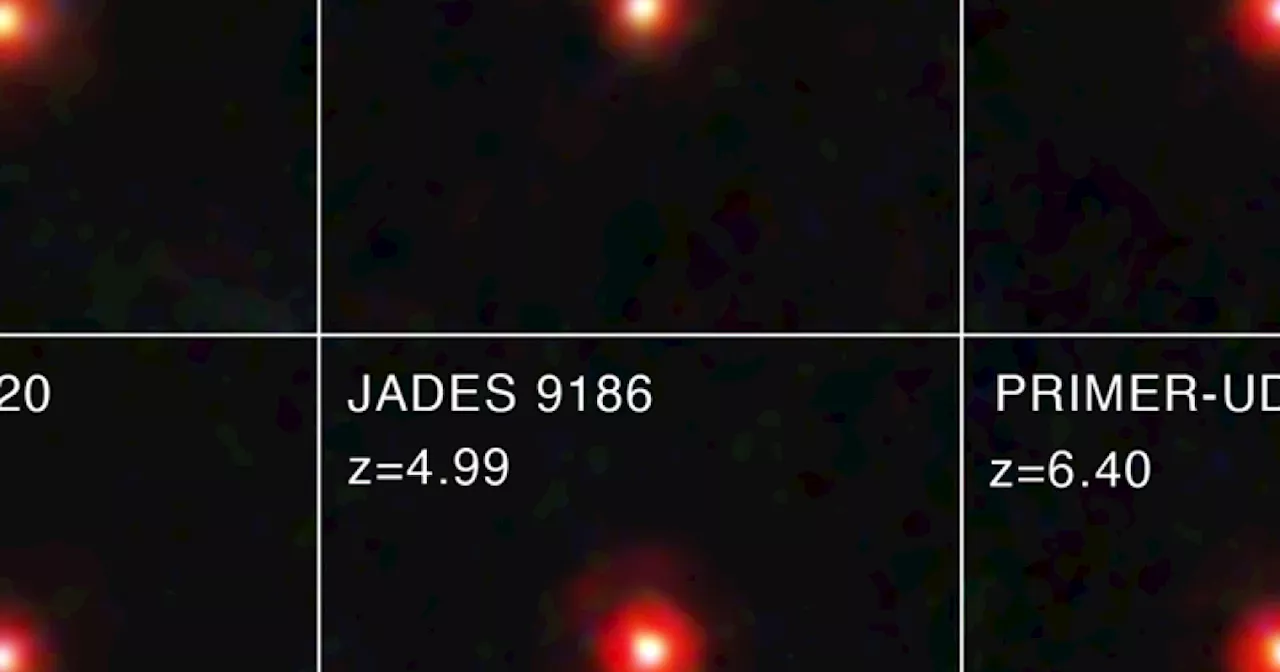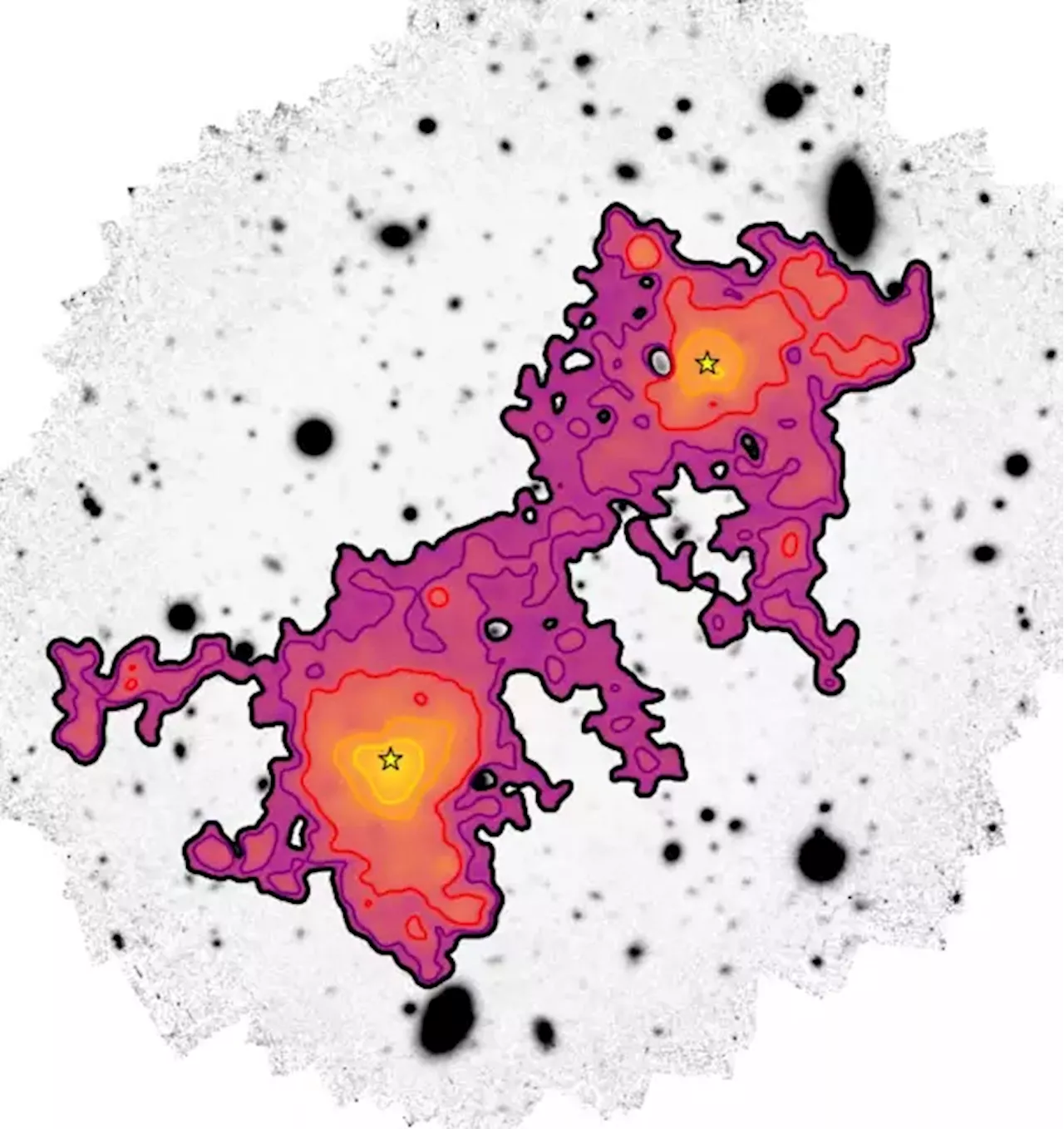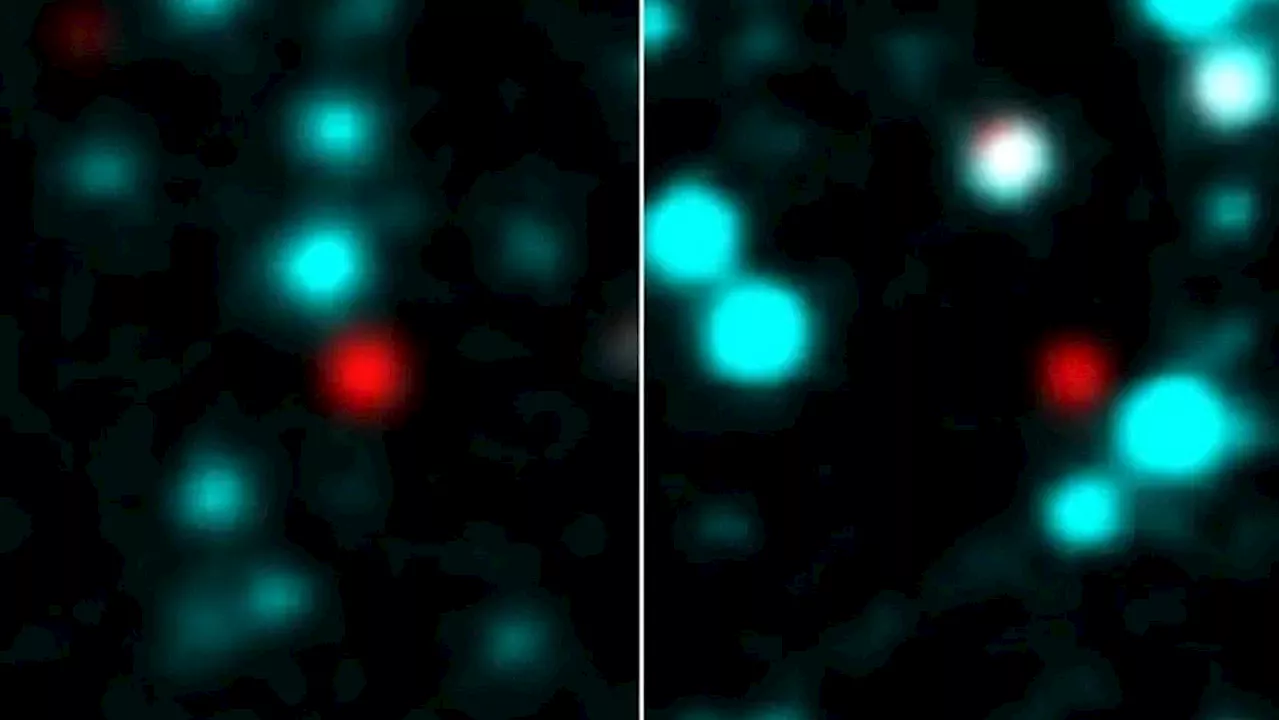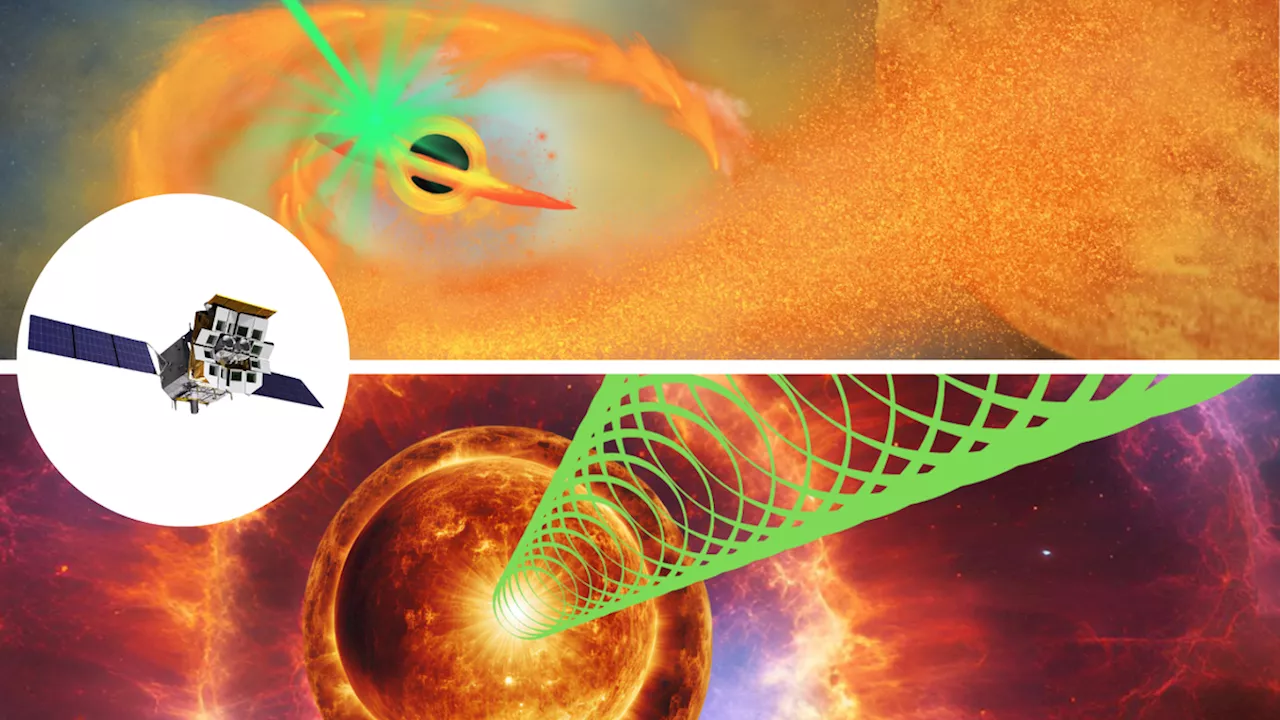Astronomers are struggling to explain a puzzling cosmic explosion detected by the Einstein Probe, leading them to consider a rare and intriguing phenomenon called a 'jetted tidal disruption event'.
Astronomers are baffled by a mysterious cosmic explosion detected by the Einstein Probe spacecraft in April 2022. Initial theories suggested the explosion, designated EP240408A, could have been caused by the collision of two neutron stars or the death of a massive star. However, observations revealed that EP240408A defied expectations, challenging conventional understanding of these powerful cosmic events.
The unusual characteristics of EP240408A, particularly its short duration and high luminosity, prompted an international team of astronomers to investigate further using a variety of ground and space-based telescopes. This extensive observational campaign aimed to shed light on the nature of this enigmatic explosion.One intriguing possibility that emerged from the analysis is that EP240408A could be the result of a rare cosmic event known as a 'jetted tidal disruption event' (TDE). In a TDE, a star gets too close to a supermassive black hole and is torn apart by its immense gravitational forces. While most TDEs result in the black hole consuming the stellar material, jetted TDEs are characterized by the eruption of powerful jets of gamma rays. These jets are thought to originate from the misalignment between the black hole's rotation axis and the star's orbital plane, leading to the expulsion of energy in a highly focused beam. The study of EP240408A offers a unique opportunity to understand the mechanisms behind these extraordinary events and their role in shaping the evolution of the universe
COSMIC EXPLOSION ASTROPHYSICS SUPERMASSIVE BLACK HOLES TIDES DISRUPTION EVENTS GAMMA RAY BURSTS
United States Latest News, United States Headlines
Similar News:You can also read news stories similar to this one that we have collected from other news sources.
 Astronomers Discover 'String of Cosmic Pearls' - A Rare Aligned Group of Dwarf GalaxiesAstronomers have found a unique grouping of five dwarf galaxies positioned in a nearly perfect alignment, resembling a string of pearls in the sky. This rare arrangement, located about 117 million light-years away, presents a challenge to our current understanding of cosmic evolution. The galaxies, designated D1 to D5, exhibit active star formation and engage in gravitational interactions, including a cosmic 'tug of war' that pulls gas and stars between them. This discovery raises questions about the formation and evolution of these galaxies and their alignment.
Astronomers Discover 'String of Cosmic Pearls' - A Rare Aligned Group of Dwarf GalaxiesAstronomers have found a unique grouping of five dwarf galaxies positioned in a nearly perfect alignment, resembling a string of pearls in the sky. This rare arrangement, located about 117 million light-years away, presents a challenge to our current understanding of cosmic evolution. The galaxies, designated D1 to D5, exhibit active star formation and engage in gravitational interactions, including a cosmic 'tug of war' that pulls gas and stars between them. This discovery raises questions about the formation and evolution of these galaxies and their alignment.
Read more »
 Astronomers Discover Cosmic 'Little Red Dots' May Be Early GalaxiesA team of astronomers analyzing data from the James Webb Space Telescope (JWST) has identified a large number of 'little red dots,' compact reddish objects in the early universe. These dots appear to be transient, existing mainly a billion years after the Big Bang and then fading away. Further analysis suggests they could be actively growing supermassive black holes, potentially forming the cores of today's massive galaxies.
Astronomers Discover Cosmic 'Little Red Dots' May Be Early GalaxiesA team of astronomers analyzing data from the James Webb Space Telescope (JWST) has identified a large number of 'little red dots,' compact reddish objects in the early universe. These dots appear to be transient, existing mainly a billion years after the Big Bang and then fading away. Further analysis suggests they could be actively growing supermassive black holes, potentially forming the cores of today's massive galaxies.
Read more »
 Two Gas Giants in a Cosmic Dance: Astronomers Discover a Chaotic Exoplanetary SystemAstronomers have uncovered a unique exoplanetary system with two gas giants whose orbits are significantly influenced by each other's gravitational pull. This 2:1 orbital resonance causes the larger planet's orbit to vary by up to 4 days. The system also includes a smaller, mini-Neptunian world, adding to its complexity.
Two Gas Giants in a Cosmic Dance: Astronomers Discover a Chaotic Exoplanetary SystemAstronomers have uncovered a unique exoplanetary system with two gas giants whose orbits are significantly influenced by each other's gravitational pull. This 2:1 orbital resonance causes the larger planet's orbit to vary by up to 4 days. The system also includes a smaller, mini-Neptunian world, adding to its complexity.
Read more »
 Astronomers Capture Highest Resolution Image of Cosmic FilamentA team of astronomers used the Very Large Telescope to capture the highest resolution image ever taken of a single cosmic filament connecting two galaxies, revealing insights into the distribution of gas and the evolution of the universe.
Astronomers Capture Highest Resolution Image of Cosmic FilamentA team of astronomers used the Very Large Telescope to capture the highest resolution image ever taken of a single cosmic filament connecting two galaxies, revealing insights into the distribution of gas and the evolution of the universe.
Read more »
 The Dark Sky Festival in Death Valley is astronomically awesomeAstronomers and astronomy buffs will get cosmic at the starry celebration.
The Dark Sky Festival in Death Valley is astronomically awesomeAstronomers and astronomy buffs will get cosmic at the starry celebration.
Read more »
 Mysterious Turquoise Objects Baffle AstronomersTwo unusual objects, separated by 13,000 light-years, have been detected in the same region of the sky. Their turquoise appearance and icy composition, along with their distance from known star-forming regions, have puzzled astronomers. While they could be dense gas clouds or a new type of star, their characteristics don't fit any known physical models.
Mysterious Turquoise Objects Baffle AstronomersTwo unusual objects, separated by 13,000 light-years, have been detected in the same region of the sky. Their turquoise appearance and icy composition, along with their distance from known star-forming regions, have puzzled astronomers. While they could be dense gas clouds or a new type of star, their characteristics don't fit any known physical models.
Read more »
